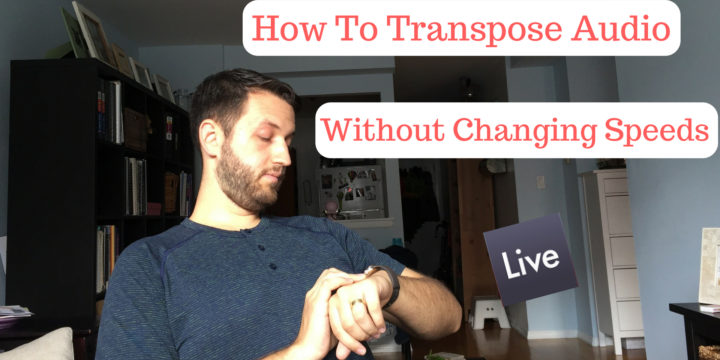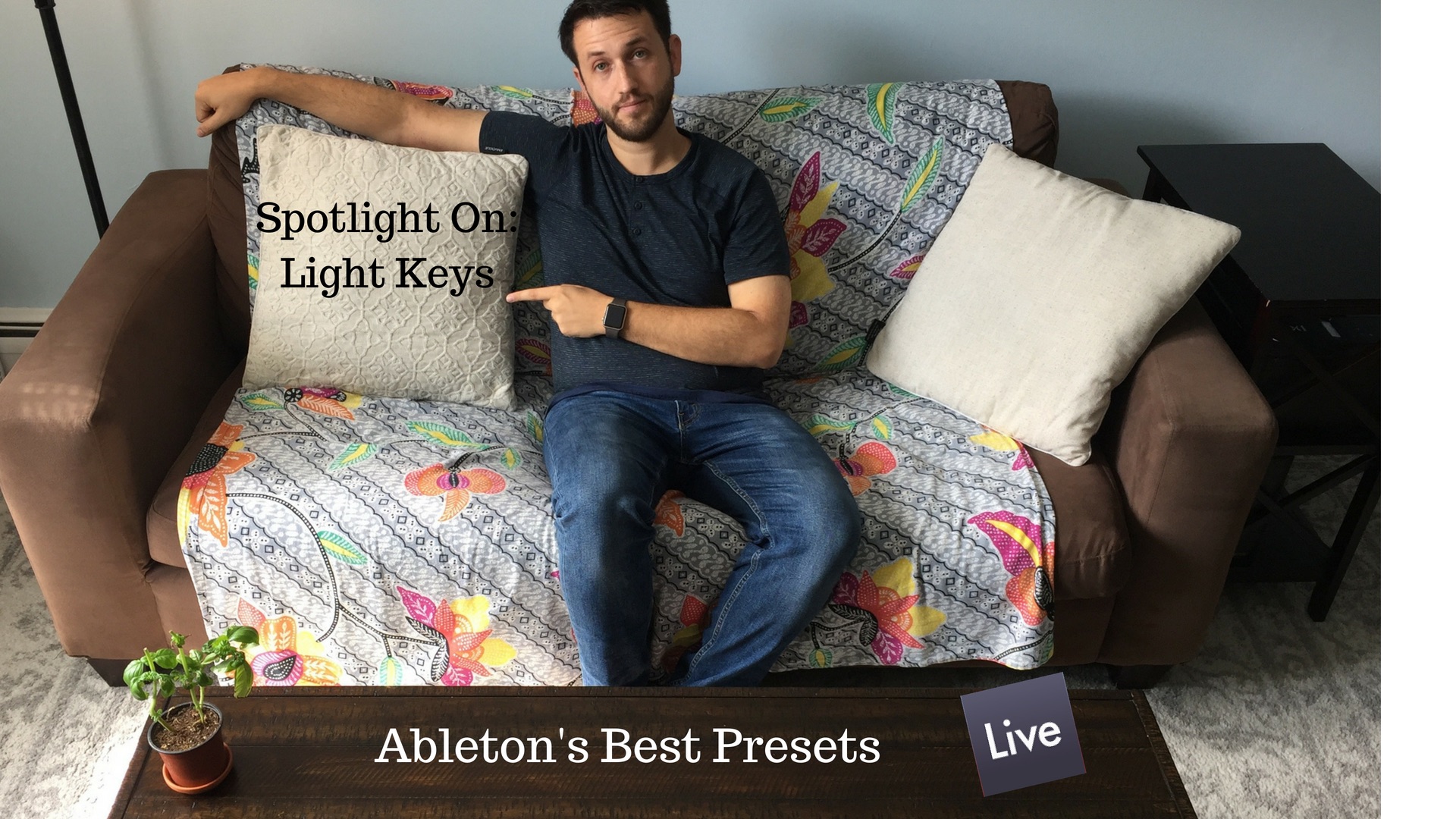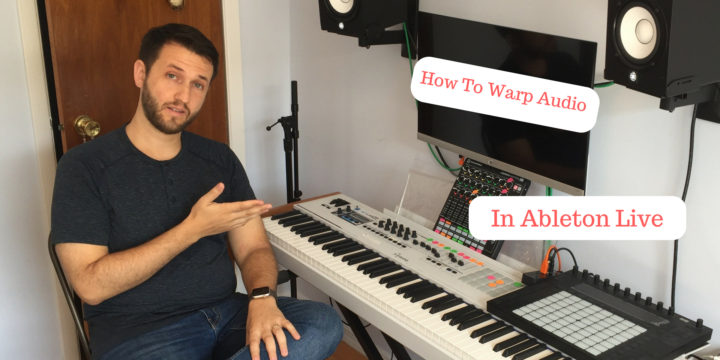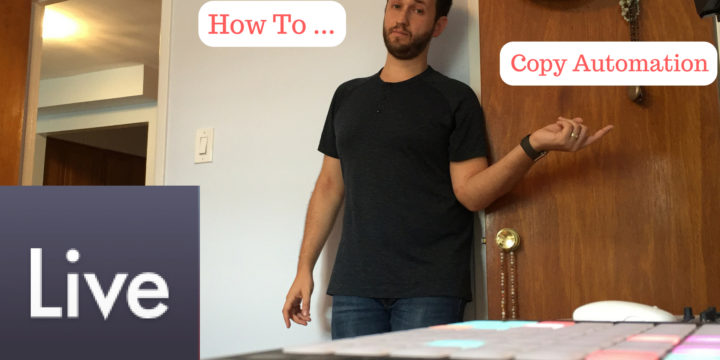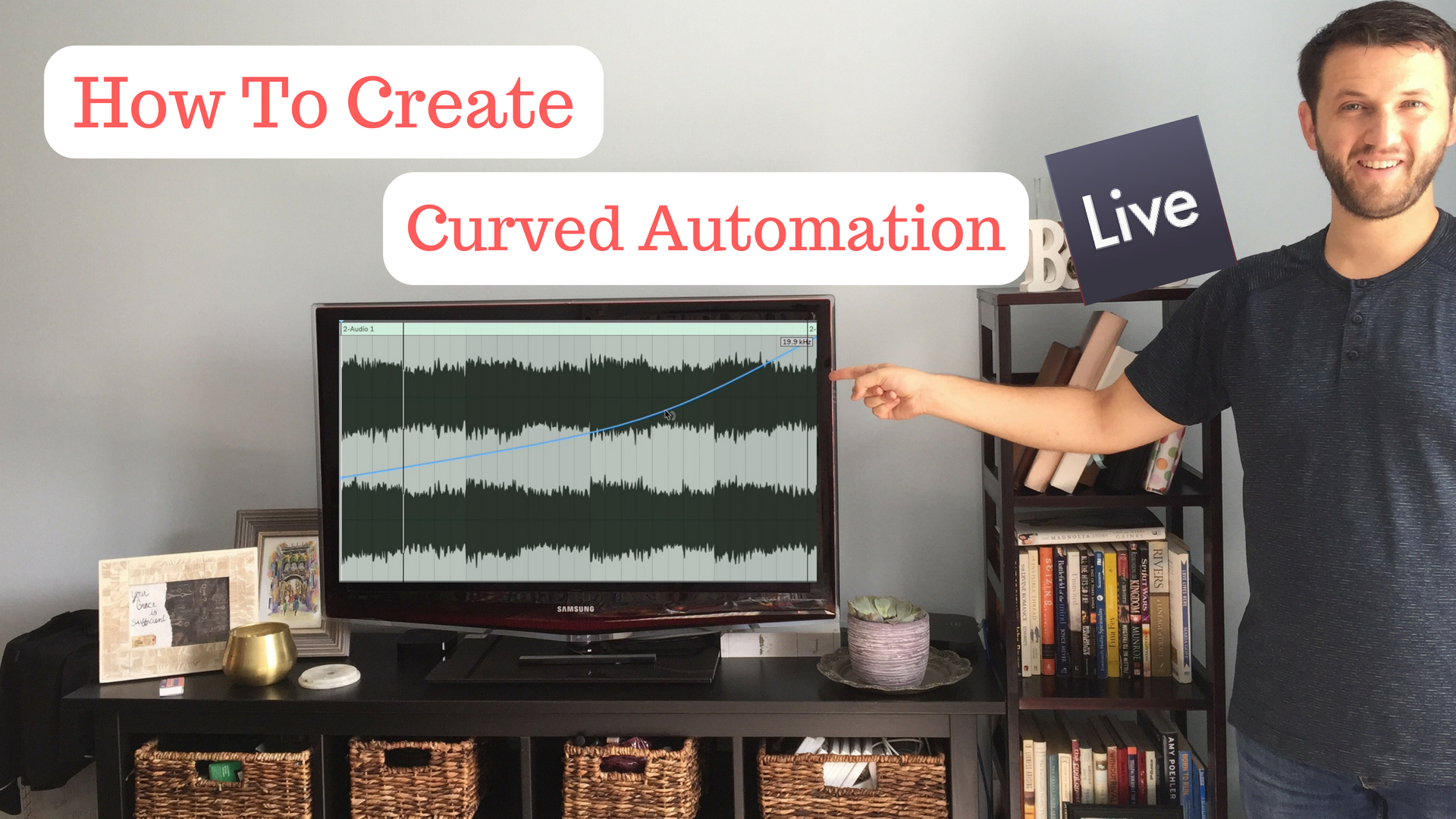
Creating Curved Automation In Ableton Live
Curved automation lines are a great way to add a more human-like feel to your automation envelopes. It can also help to create feelings of great anticipation by not only gradually changing a parameter but also gradually changing the speed of change. What is Automation? In the context of DAW software, automation is when a particular parameter is changed over the course of the song timeline. Automation is actually one of the reasons that I ended up switching to Ableton for my live performance use. I was able to create a bank of effects using automation that lined up with my timeline. This included things like filter movement, patch changing, reverb and delay amounts, distortion and panning. Ableton also allows you to unlink automation from notes or audio in a given…

